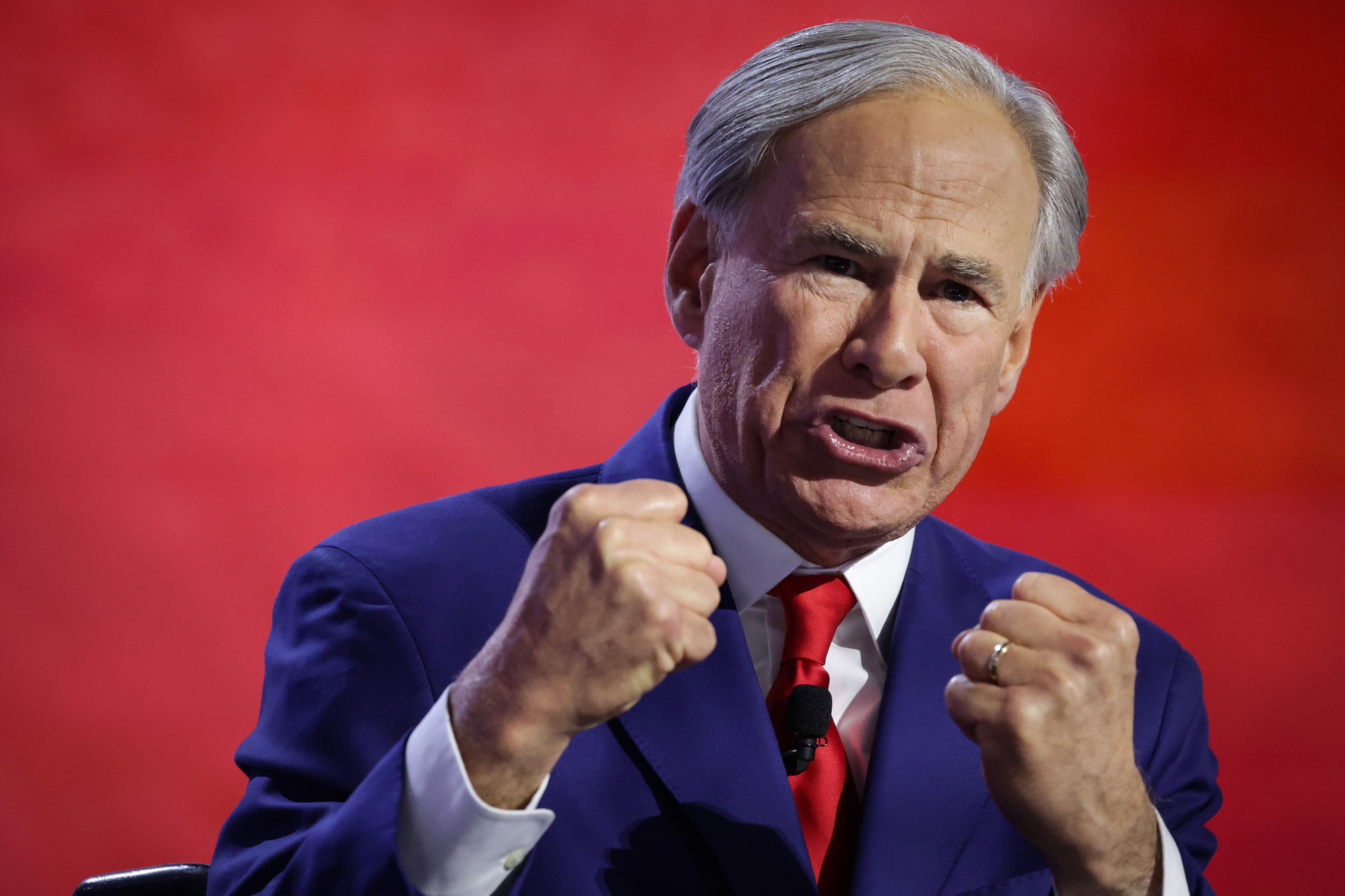Job openings in the U.S. surged in October, signaling a possible rebound in hiring following a sharp decline in September.
The Labor Department reported on Tuesday that job postings rose 5 percent to 7.7 million, up from 7.4 million the previous month.
Although the figure represents a recovery from a three-and-a-half-year low, it still lags behind the 8.7 million job openings recorded a year ago.
The increase in job openings was particularly notable in professional services, including positions for engineers, accountants, and managers, as well as in the hospitality and information technology sectors.
October also saw a rise in the number of workers quitting their jobs—another sign of confidence in the job market.

Which Sectors Have Job Openings?
The number of quits rose to 3.4 million, recovering from a four-year low in September.
This increase indicates that workers are feeling secure enough to explore new opportunities, which economists see as a positive signal for the economy.
Meanwhile, layoffs fell to 1.6 million in October, marking the lowest level in two decades, excluding the pandemic period.
The drop is another indication of a stabilizing labor market, even as hiring slowed in October due to external factors like hurricanes and a major strike at Boeing.
The latest data suggests the job market is finding a new equilibrium, with hiring remaining moderate but layoffs at historically low levels.
No Increase in U.S. Unemployment Rate
Despite a slowdown in job growth last month, the U.S. unemployment rate stands at a solid 4.1 percent, signaling continued labor market strength.
"The fact that job openings ticked up is always an encouraging sign," said Cory Stahle, an economist at the job listings website Indeed. "There's a lot of cause for optimism."
There are currently 1.1 job openings for every unemployed worker, a healthy ratio by historical standards.
However, this is down from a peak of nearly two job openings for every unemployed person two years ago, reflecting a pullback from the hiring surge that followed the pandemic recession.
How Will the Labor Market Affect Interest Rates?
Despite October's mixed figures, the upcoming jobs report on Friday is expected to show a more positive trend.
Analysts are predicting a gain of nearly 210,000 jobs in November, a sharp rebound from the minimal 12,000 jobs added in October.
The Federal Reserve is closely monitoring labor market data as it considers future interest rate decisions.
A significant weakening in hiring could prompt the central bank to accelerate rate cuts to stimulate borrowing and spending, which could help support economic growth.
This article contains additional reporting from The Associated Press.




















 English (US) ·
English (US) ·